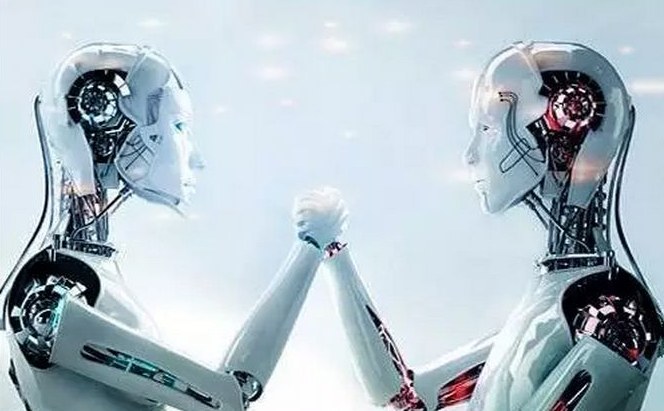
The three original sin challenges faced by service robots: pseudo AI, laziness, fear
2019-03-26
Whenever the robot develops a little blue water on the sea level, it often causes an uproar. Here, people once again present a divergent contradiction between the vision and the reality, and they want to obtain unconditional dedication from the robot, and fear that the robot will replace the value of their existence. Then, when the robot becomes a waiter, a housekeeping staff, etc., can humans be happier? And for the AI science and technology enterprises with many names, what challenges will the development of service robots face?
According to the 315 party, there are many pseudo-AI applications in high-tech enterprises, which greatly undermines the recognition and trust of artificial intelligence science and technology enterprises with positive economic and social benefits in society.
In fact, AI is currently an industry that uses hardware, software, and computing technology as its driving factors. It does not produce the "robot culture" and "robot ideas" that are fundamentally antagonistic. Therefore, we can also conclude that the robot is still in the "weak artificial intelligence" stage, and it is a real "machine" without thought or artificial consciousness. In addition, as the creator of robots, human beings will first face the complexity of human nature. When they are afraid of “replacement”, they should see that high-frequency repetition and high-pressure boring work are actually rejected by human nature, and creative and innovative. Even the more differentiated work not only fits the people's inner desires, but also truly liberates people from the "mechanical" link in the production process.

Especially when it comes to work that is threatening or harmful to people's bodies and lives, it is often the high-matching work of robots. The robots currently produced are very specific and are customized according to the "demand". For example, the medical field specializes in a surgery to remove a robot, specifically to the service industry such as the vegetable robot, the welcome robot, the guiding robot, etc. A robot that works in a work link is quite common.
In addition, with the continuous development and maturity of AI technology, the cost and price of commercial service robots continue to decline, while the work ability and work accuracy continue to rise. For example, in the Haidilao, Xiangtianxia, Spicy House and other restaurant chain companies, the Guardian food delivery robots serve a large number of customers every day, orderly serving, closing, and the average daily rental price is only 99 yuan, for first- and second-tier cities. It is only equivalent to a waiter's half-month salary, and the robot is 7×24 hours a day, which effectively alleviates the peak period of the catering industry with high manpower demand, optimizes the manpower structure, and works in the service industry to make the waiter more passionate. Work and work hours are also more energetic and improve service quality.
